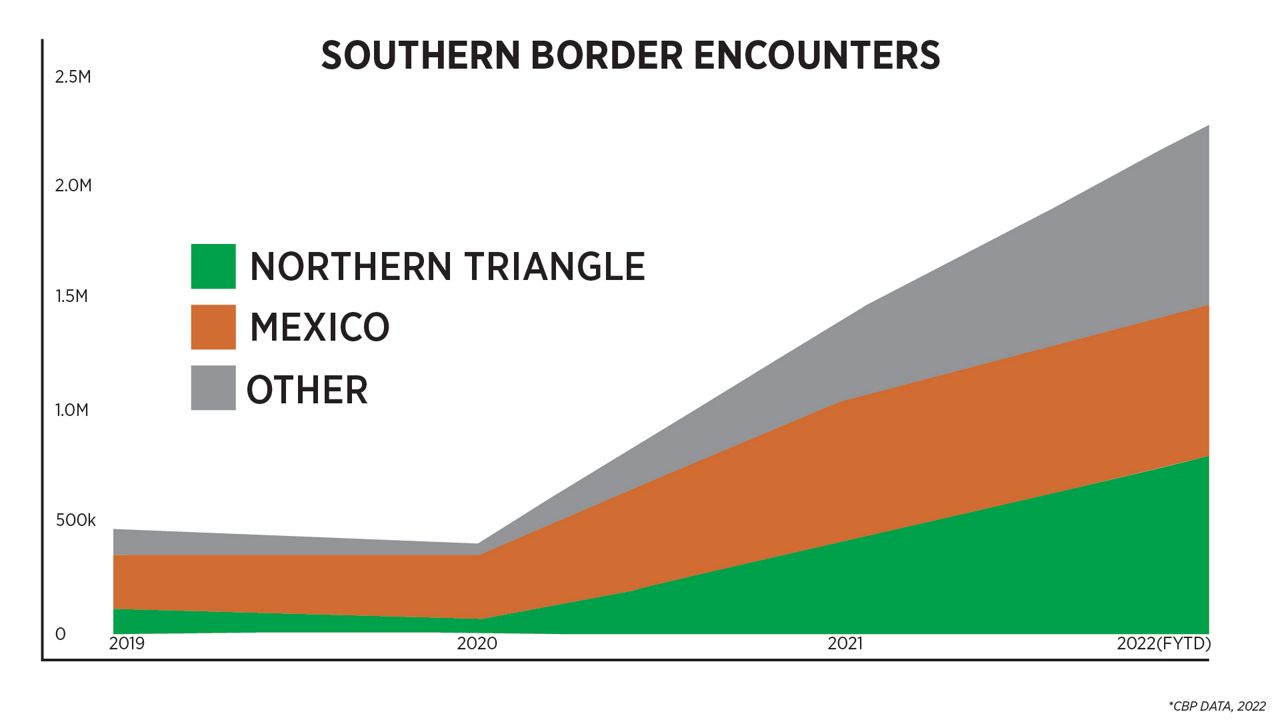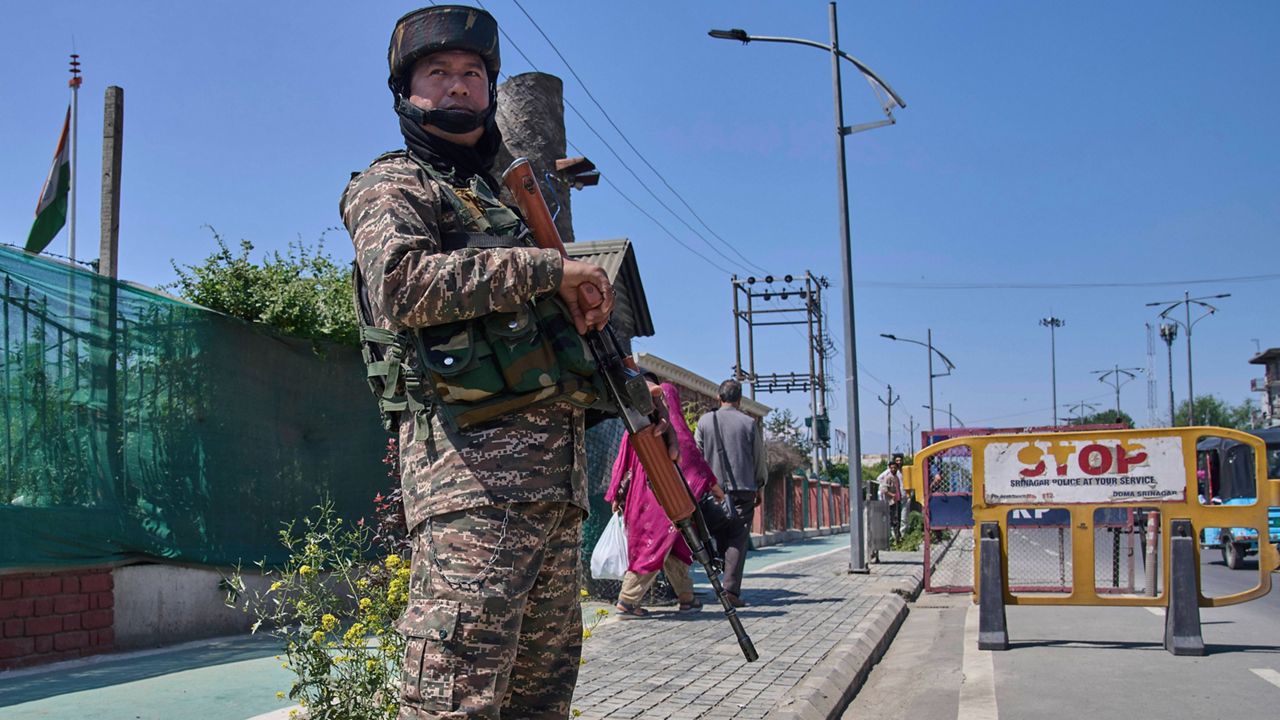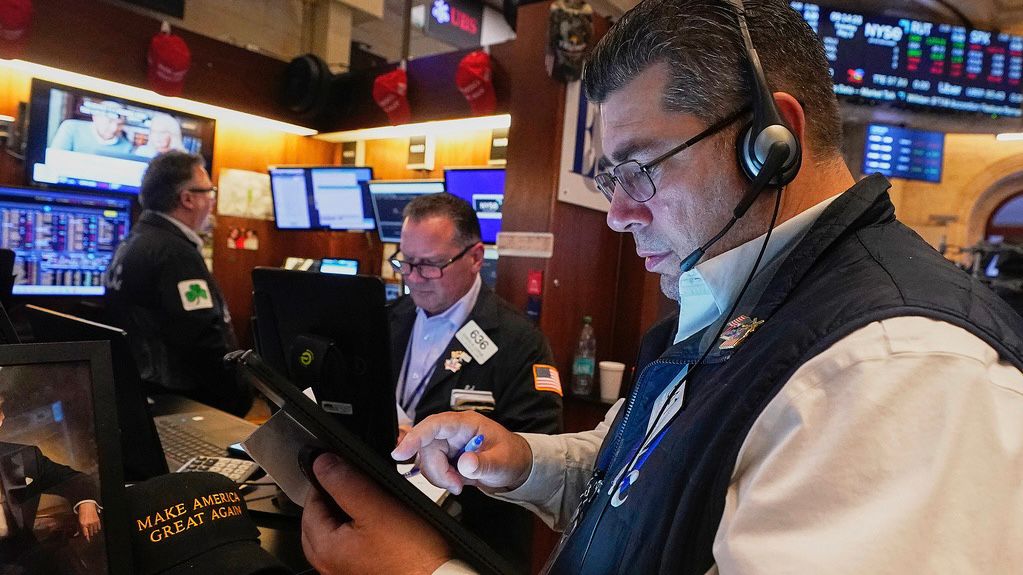The number of migrant crossings at the U.S.-Mexico border has reached all-time highs – and the distances many migrants are now traveling to get to the U.S. are extraordinary.
Spectrum News met a woman named Patricia at a migrant camp in Reynosa, Mexico, near the Texas border.
She told Spectrum News she’s fleeing drug dealers in Colombia and is seeking asylum in the U.S.
"Ver los niños, el calor, las moscas, pero tenemos esperanza," Patricia said.
Roughly interpreted, Patricia says it's uncomfortable waiting at the camp and it is difficult seeing the kids, and dealing with the heat and the flies, but she’s hopeful more single adults will eventually be able to cross the southern border and make a formal asylum application.
According to the latest Customs and Border Protection numbers, more than 97,000 migrants from Colombia came to the border so far this year, compared to just over 400 in 2020.
It's a part of a trend that shows more migrants traveling longer distances to reach the United States.
“We've seen a certain issue in those countries that have driven a lot more people to become both economically unstable, as well as facing certain significant political violence. And that combination, I think, really does drive people to migrate," Jeremy Slack, an associate professor at the University of Texas at El Paso, told Spectrum News. "But I think in general, you know, we've seen a broader shift, right, this idea that asylum is available to people at the U.S.-Mexico border is very recent."
In recent years there has been a surge of migrants from the so-called Northern Triangle of Central America: Guatemala, El Salvador and Honduras. This year there has been a surge in attempting crossings by people from Nicaragua and Venezuela.

Nicaragua's southern border encounters in 2022 were more than 133,000 and over 50,000 in 2021. Many Ukrainians feeling the war in their country are trying to enter the U.S. through Mexico, too.
Experts say those numbers are somewhat inflated because of a high rate of repeat crossings. Many people who try to enter the U.S., are sent back because of a COVID-19 rule that allows them to be turned away, but they try to cross again.
Still, where the immigrants are coming from continues to change, and that poses a challenge to the Biden administration.
“Dealing with issues such as people coming from Ukraine, right, this is these are things that have, are really largely beyond the control of any U.S. president or government. And we are at this point of reacting to a lot of changes in other countries," Slack said.
"But we really do need to sort of think in the broader picture, too, right? How are we going to deal with asylum and these issues?” he also asked.
Earlier this year the Biden administration deployed more officers to hear asylum claims to reduce process times, but despite the efforts but the backlogs persist.









